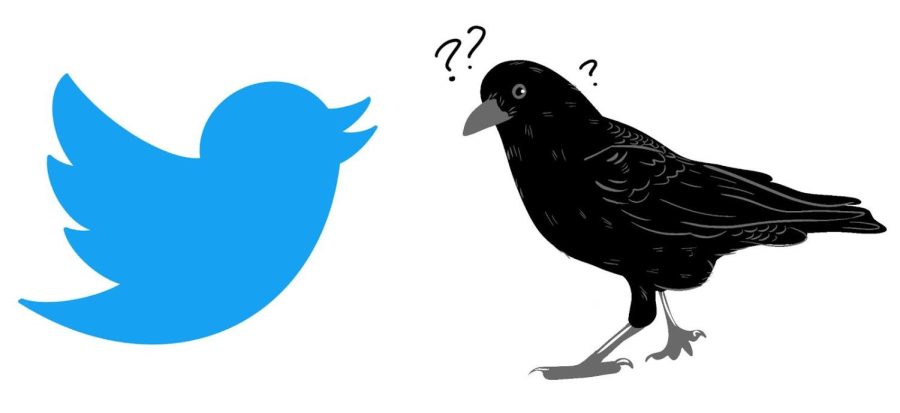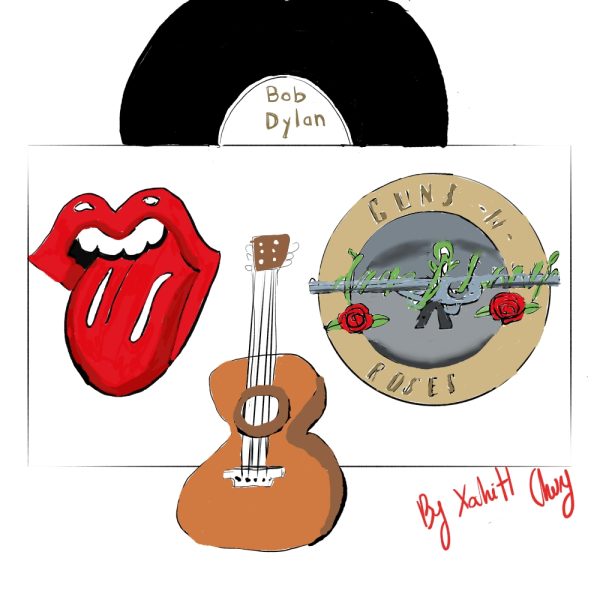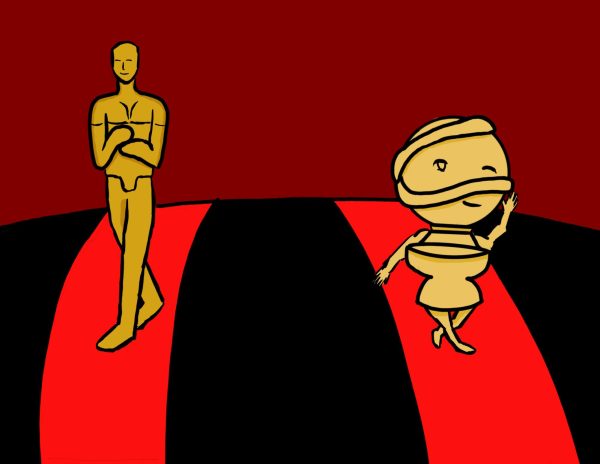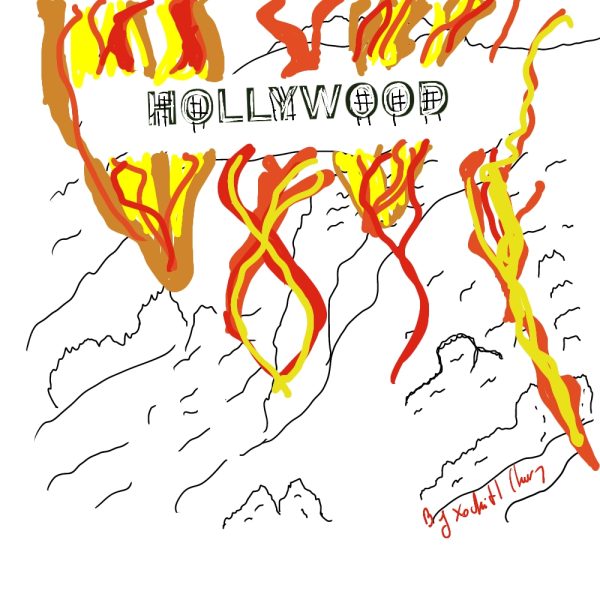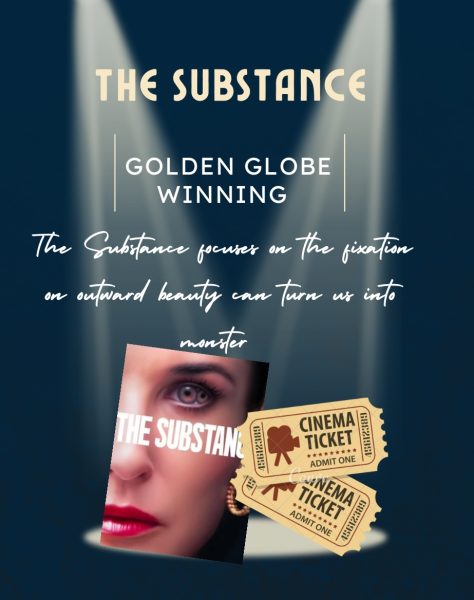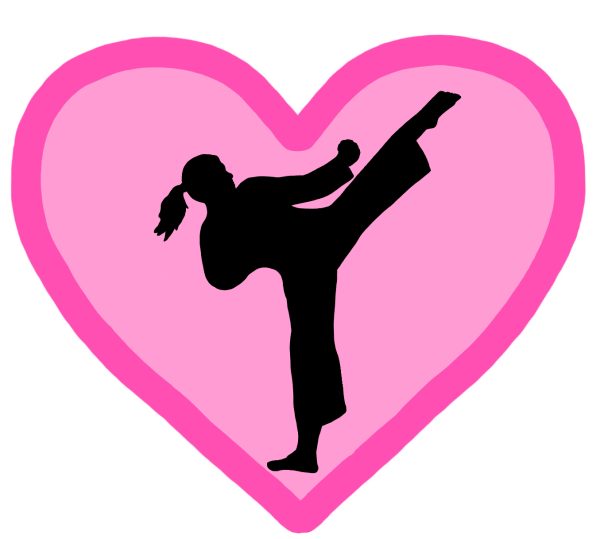Shakespeare, Poe, Dickinson,Whitman—and Instagram?
Poetry’s popularity rises on social media, garnering mixed responses
Social media heavily emphasizes brevity, made clear by TikTok and Instagram having outcompeted YouTube with their brief structures. In recent years, social media has applied this formula to poetry under the moniker of ‘Instagram Poetry.’ Authors like Rupi Kaur and Amanda Lovelace were among the first Instagram Poets and are perhaps the most popular. The works of these authors have divided contemporary literature enthusiasts through one question: is Insta Poetry poetry?
Rupi Kaur is a Canadian poet who began performing poetry in the early 2000s but later made a name for herself through her social media platform. Her first published collection of poetry and prose “Milk and Honey,” which premiered in 2014, is the top result when searching “poetry book” on Google- even before classic authors like William Shakespeare. Kaur’s poems are typically four to six lines. The content within these lines consists of either activism or self-help in a lyrical form. At the bottom of the page, Kaur adds an aesthetically pleasing illustration. Although she was a catalyst for this style, her critics view it as a recycled idea across her own work and that of other Insta Poets.
Savannah Brown, like Rupi Kaur, gained popularity through social media. Despite her platform being smaller than Kaur’s, the reaction to her poetry is much more positive. She has written four novels, including her 2020 bestseller “Sweetdark.” Unlike Kaur, Brown’s poems are longer. Many mistake the poem’s length with substance, which is why a poem by Brown seems more poetic than one by Kaur. Poetry is becoming more accessible and reaching new target audiences, meaning more ordinary people are sharing their art. Some view the recent spread of poetry negatively, fearing it may gain too much popularity.
The ultimate question lies in the broken-down and simplistic fashion of Instagram Poetry. A common misconception is that poetry must have a deeper meaning; that its lines can only be understood through pretentious contemplation. The definition of poetry is too all-encompassing to be categorically separated into real versus fake or hastily written versus passionate. Poetry’s purpose is to provoke feelings. Whether the poem touches an entire audience or just its author, the writer has done their job. But is there a point where one can use labels like lazy to describe writing in this genre? Consumers of Insta Poetry enjoy the genre because it eschews symbolism. Most do not have the time or the attention span to scrutinize Poe. Reading “Milk and Honey” or seeing a short poem on social media feeds gives people a superficial but real connection to poetry.
Insta Poetry is in its prime, but personal taste is too subjective to decide whether this new age of writing is worthy or unworthy. This style sheds light on new ideas and many young poets regardless of preference. So is it poetry? Yes, by definition, Insta Poetry is still ‘poetry.’ Poetry is an art broad enough to incorporate many forms of expression, including Insta Poetry.
Your donation will support the student journalists of Saint Viator High School. Your contribution will allow us to purchase equipment and cover our annual website hosting costs.



